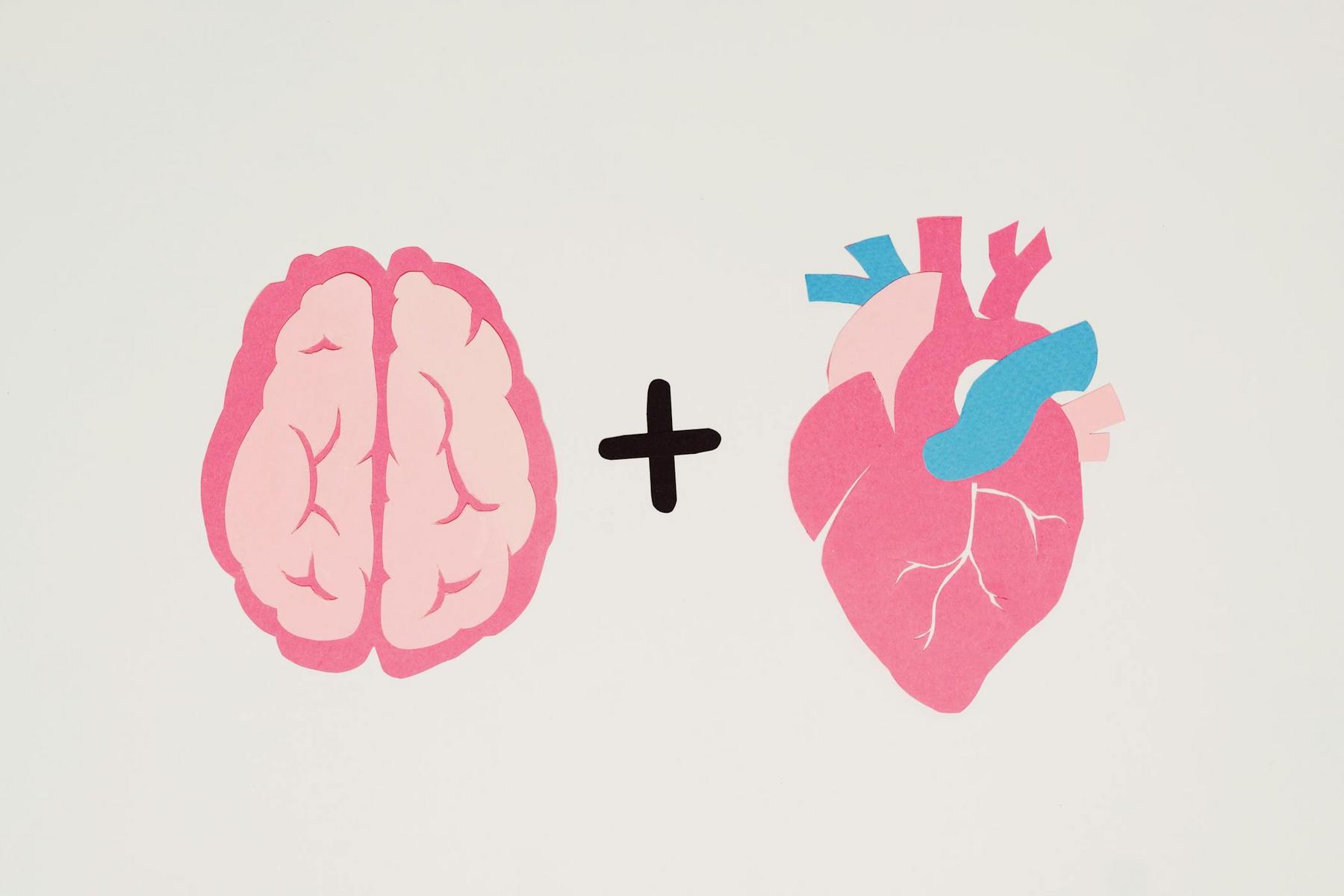In today’s fast-paced professional landscape, particularly within Australia’s evolving healthcare and consulting sectors, the ability to manage time effectively has become a critical differentiator between thriving practitioners and those struggling to keep pace. Research from Australian corporate trends indicates that 45% of employees now work in hybrid environments, fundamentally reshaping how professionals organise their time and responsibilities. This transformation has elevated time management frameworks from simple productivity tips to sophisticated methodologies that significantly impact both individual performance and organisational outcomes. Studies demonstrate that professionals implementing systematic approaches, such as time blocking, experience productivity improvements of up to 23%, highlighting the tangible benefits of structured time management systems.
Modern time management frameworks offer evidence-based solutions addressing complexities in sectors such as healthcare, where professionals face regulatory compliance, unexpected client needs, and complex collaborative workflows. These frameworks integrate psychological principles, technological tools, and organisational best practices to produce sustainable productivity improvements.
What Are the Core Principles Behind Effective Time Management Frameworks?
Effective frameworks recognize that while time itself is immutable, individuals can manage their activities, attention, and energy within given temporal constraints. By aligning work with natural attention cycles and managing cognitive loads, these systems prioritise purposeful productivity over mere busyness. They typically emphasise sequential task completion, minimise context switching, and advocate for external systems to capture commitments, thereby reducing mental overhead.
Which Priority-Based Methods Deliver the Best Results?
Priority-based strategies such as the Eisenhower Matrix segment tasks into quadrants based on urgency and importance. This framework helps professionals distinguish urgent client emergencies and regulatory deadlines from strategic, long-term activities like professional development and planning. Complementary methods like the ABCDE technique further refine task prioritisation by grading tasks based on criticality. When properly implemented, these techniques safeguard time for high-impact, non-urgent tasks that drive long-term success.
How Do Workflow Systems Optimise Professional Productivity?
Workflow and process management systems like Getting Things Done (GTD) and Kanban provide structured methods to organise and track work progress. GTD’s five-step approach—capture, clarify, organise, reflect, and engage—enables professionals to offload commitments to external systems, freeing cognitive resources for actual task execution. Kanban, with its visual boards and work-in-progress limits, helps maintain systematic progress and reduces the disruptive effects of multitasking.
What Time-Based Techniques Work Best for Healthcare Professionals?
Time-based techniques like the Pomodoro Technique and Flowtime provide structured intervals that encourage sustained focus and regular breaks. The Pomodoro Technique’s fixed 25-minute work periods work well in countering procrastination and mental fatigue, while time blocking allocates specific calendar segments for different work types. These methods are particularly effective in demanding work environments where balancing client needs and administrative tasks is critical.
How Can Digital Tools Enhance Framework Implementation?
Digital tools have transformed traditional time management methods by integrating features such as time tracking, cloud synchronisation, and AI-powered scheduling. These platforms not only combine multiple methodologies in one place but also provide real-time data on productivity, supporting evidence-based adjustments. Integration capabilities ensure seamless transitions between devices, making these tools indispensable in today’s hybrid work environments.
What Measurement Strategies Ensure Continuous Improvement?
Measuring the efficacy of time management frameworks requires a dual approach that includes both objective productivity metrics and subjective quality of life assessments. Tools like time tracking software provide quantifiable data on task completion and time allocation, while regular self-assessments capture qualitative improvements in stress levels, work-life balance, and overall job satisfaction. Continuous improvement is driven by regularly reviewing these metrics to refine strategies and adapt practices over time.
Transforming Professional Practice Through Strategic Time Management
The integration of priority-based, workflow, and time-based methods supported by advanced digital tools creates a comprehensive framework for managing modern professional demands. This multifaceted approach allows professionals, especially in healthcare and consulting, to maintain high performance while safeguarding personal well-being. By gradually embedding these strategies into daily routines, professionals can achieve superior productivity and a healthier work-life balance.
Looking to discuss your health options? Speak to us and see if you’re eligible today.
Which time management framework works best for healthcare professionals?
Healthcare professionals benefit from flexible frameworks that combine elements of the Eisenhower Matrix for priority assessment, time blocking for scheduling protection, and techniques from Getting Things Done for comprehensive task management. Such integrated approaches accommodate the unpredictable nature of client needs.
How long does it take to successfully implement a time management framework?
Basic habit formation typically takes 4-8 weeks, while full integration of a comprehensive system can require 3-6 months. Simpler techniques such as time blocking may show benefits in as little as 2-3 weeks.
Can multiple time management frameworks be used simultaneously?
Yes, professionals often combine several complementary strategies. A primary framework can be enhanced with additional techniques to address specific needs, ensuring that the integrated system remains effective without becoming overly complicated.
What digital tools are essential for modern time management frameworks?
Essential tools include task management applications with calendar integration, time tracking software for objective data, and platforms with cloud synchronisation. Advanced features such as automated task capture and AI-driven scheduling can further enhance effectiveness.
How can time management frameworks improve work-life balance?
By increasing efficiency during work hours, these frameworks free up time for personal activities. They also promote clear boundaries and systematic task management which prevents work from encroaching on personal time, ultimately leading to improved overall well-being.













